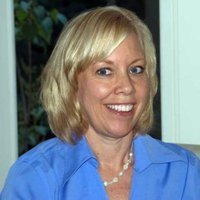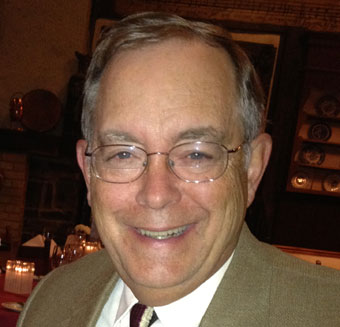So many of these one segment DNA matches that I find with other testers are too far back to find the common ancestors. However those of us with Norwegian ancestry often have very deep trees thanks to the good records and the many farm books for each locality. So when you find a fellow genealogist with Norwegian roots who matches your DNA you get quite hopeful, and sure enough …
I had four matches, the colored lines in the picture below, for my Norwegian descended Dad on chromosome 16. However they span the centromere which is from 35335801 to 38335801, so initially these segments did not seem that promising.

Four people overlapping on Chromosome 16
from my one segment mapper tool
Luckily the most recent match had an extensive tree of which only a small piece was Norwegian. So perhaps it would be easier to find our common ancestor with less tree to look through. Note that using a tool to compare Norwegian GEDcoms does not usually work so well because of differences in naming conventions (patronymic, farm name, Norwegian characters, etc)
Here are the details of these segment overlaps from my master spreadsheet for Dad:
| Edith |
16 |
31000000 |
52000000 |
9.20 |
1301 |
| Nancy |
16 |
31000000 |
54000000 |
9.70 |
1359 |
| Loretta |
16 |
31000000 |
52000000 |
9.90 |
1423 |
| Aaron |
16 |
33000000 |
53000000 |
8.2 |
1241 |
Continue reading →
 Congratulations to Linda Hall-Little who has won a free pass to RootsTech 2014 for her question for Spencer Wells, “What is the future of DNA in genealogy? – say 25 years from now….”
Congratulations to Linda Hall-Little who has won a free pass to RootsTech 2014 for her question for Spencer Wells, “What is the future of DNA in genealogy? – say 25 years from now….” Many of the Rootstech sessions will be streamed to the internet and then available for about a year online. The schedule of those sessions is at the familysearch web site:
Many of the Rootstech sessions will be streamed to the internet and then available for about a year online. The schedule of those sessions is at the familysearch web site:

